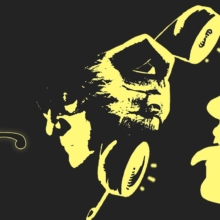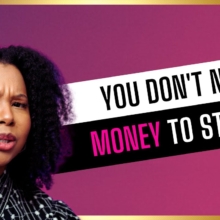What Is Preventative Dentistry?

Going to the dentist may not be your favorite place to go. On fact, you do all you can to avoid going. You figure as long as nothing hurts, feels funny or looks odd that your teeth and gums are in great shape and you don’t need a dentist poking and prodding inside your mouth.
In order to make your smile look and feel good, you follow a strict at-home oral hygiene routine that you do multiple times a day, every day. This includes thorough flossing and teeth brushing as well as using mouthwash. In addition to this routine, you limit your coffee and soda intake and drink plenty of water throughout the day, especially after you eat.
What you’re doing above is an example of preventative dentistry. It is the routine, consistent maintenance of your teeth and gums to prevent infection, disease and decay from occurring. While at-home oral hygiene is a big part of effective preventative dental care, it isn’t complete preventative care.
What Makes Up Complete Preventative Dental Care?
Complete preventative dental care involves both a solid at-home oral hygiene routine as well as regular visits to the dentist office. Specifically, includes the following:
At-Home Oral Hygiene
Teeth brushing for 2 minutes, twice a day, in gentle, circular patterns
Thorough flossing on both sides of the teeth at least once a day
The use of fluoride toothpaste
A soft-bristled toothbrush that is replaced every three months
Adequate brushing of the surface of the tongue
In-Office Visits
Thorough dental examination
Thorough dental cleaning
Any necessary preventative treatment (sealants, fillings, crowns, etc.)
While you may greatly dislike going to the dentist, the dentist has equipment, toothpaste and mouthwash that cleans your mouth better than the items you have at home. The toothbrushes and the expertise of the dentist enables more surfaces of your teeth and gums to get cleaned.
The expert, professional eye of a dentist can also spot possible oral health problems that you can’t see or know what to look for.
Catching possible dental issues in advance is a big part of successful preventative dentistry. When dental issues are treated before they progress into bigger problems is preventative dentistry.
Waiting until dental issues become noticeable to be seen by a dentist can make it more difficult and expensive to treat. Your dentist will know that not all dental health issues start off with visible or noticeable symptoms.
While restorative dentistry is there to repair and treat oral health issues, it is better, and cheaper to take proactive preventative measures. Depending on the dental condition, it can take many weeks and multiple dental office visits to restore and treat it. This can be expensive and it can greatly inconvenience your daily routine.
Regardless of how well or poorly you take care of your teeth at home, it is important to see your dentist at least twice a year for a routine check-up and exam. When you and your dentist work together in preventing dental issues, you’ll be happier and healthier in the long-term.
If you haven’t seen your dentist in more than six months, contact him or her today to schedule a check-up appointment.
Source: http://EzineArticles.com/10016078











